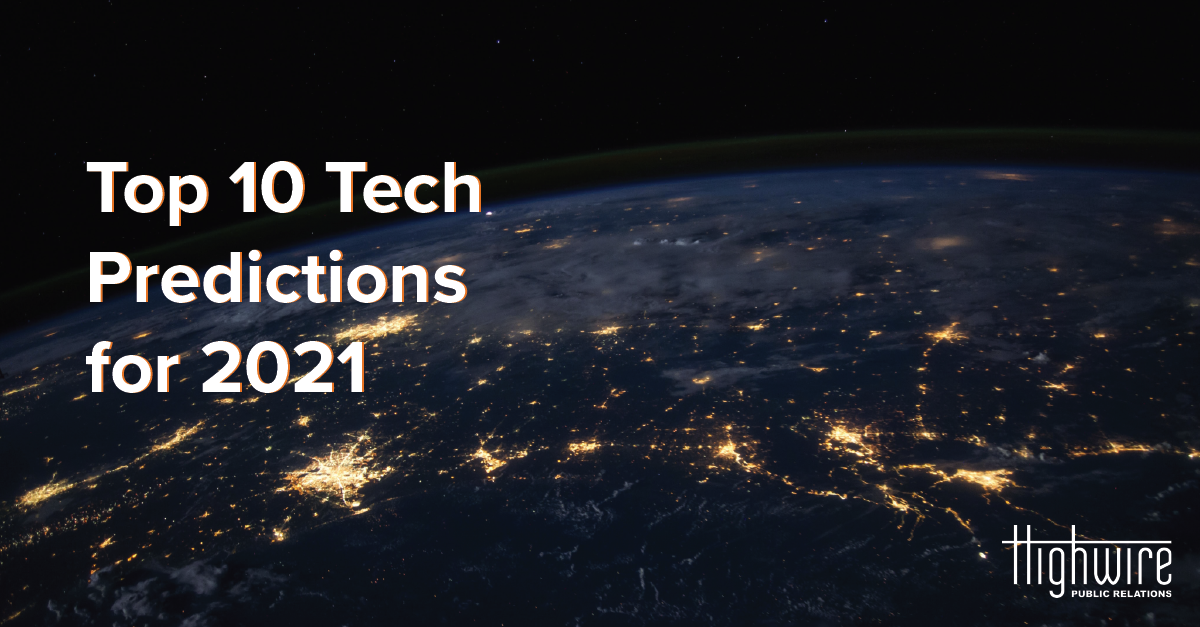
It’s been a difficult start to the year in newsrooms across all industries, with layoffs impacting hundreds of talented reporters and editors.
Since January:
- The Messenger shut down operations after less than a year.
- Forbes union workers walked off the job for three days; its leadership announced layoffs that same day and later retroactively docked pay because of the walk-offs.
- The Los Angeles Times let go of approximately 115 people.
- Sports Illustrated conducted mass layoffs, and its future is a huge question mark despite it being one of the most iconic brands in sports. Last fall, the outlet faced reputational backlash for publishing AI-generated content and photos.
- The Washington Post concluded the run of its Cyber 202 and Climate 202 newsletters – and parted ways with many of the great reporters involved.
- Business Insider cut 8% of its staff in a restructuring aimed at “positioning the company for growth.”
- TechCrunch is winding down its paid subscription product, TC+, and let go of eight staff reporters.
- Law360 laid off 10% of its newsroom after having record profits in 2023.
- CBS News conducted a round of layoffs of roughly 20 people, including some in its D.C. bureau.
And the list goes on. This level of upheaval has created a ripple effect across the media landscape but while we’re in a period of mass layoffs, this staffing shift is not new. It’s a continuation of the Great Reshuffle. Last time it was voluntary for many, whereas this is forced. Trends that began mid-pandemic will once again gain momentum – such as reporters moving away from traditional media outlets to create opportunities for themselves and the broader communications industry.
Expect more reporters to go out on their own
As publications continue to force many reporters to explore options beyond traditional journalism, new avenues, like newsletters or podcasts will impact multiple industries, including PR.
There have been many high-profile examples of reporters starting successful newsletters – see Casey Newton’s Platformer, Tom Krazit’s Runtime, Matthew Lynley’s Supervised, and Eric Newcomer's Newcomer. The question is, how does this model scale? Can there be tens of thousands of newsletters with engaged audiences that readers subscribe to, or is consolidation inevitable? Think of streaming, and the frustration of paying for 5+ services a month just to cover basic entertainment or sports. We may see a 're-bundling' of subscriptions into a package.
For brands that are looking to tell their story and connect with audiences in the evolving media landscape, those newsletters, podcasts, and independent audience communities represent a different opportunity. There is more freedom to tell stories that matter to them and their interests. And they can tell stories in new and creative ways based on how their audience interacts best with their newsletter.
This melding of reporters and influencers isn’t for everyone. While some journalists have chosen to go out on their own, others have moved agency and client side – each new example is a victory for the PR industry.
Strong storytelling skills are more important than ever
The path of reporters making the jump from journalism to PR is well-worn and has been a proven source of talent for in-house teams.
For example, Aaron Ricadela spent two decades in media reporting at Bloomberg and InformationWeek before going to Oracle. There’s also Jim Finkle, who reported on cybersecurity for Reuters for nearly 20 years before moving over to comms at Palo Alto Networks. He now manages crisis at a communications firm. More recently, Robert Hackett left Fortune for Andreessen Horowitz to focus on web3.
By bringing journalists into the fold, PR organizations and in-house teams incorporate their innate talent to simplify or explain complicated subject matters for readers who aren’t always experts in the field. They bridge knowledge gaps and bring strong points of view. They often understand industries in a broader context. They know your key stakeholders and your competitors. Journalists also can tailor articles to different buyers, whether that be leadership or practitioners. And they always know just the question to ask to uncover something truly unique or against the grain.
These are vital skills many organizations lack and often struggle to address. Beat reporters are uniquely equipped to be impact contributors from the get-go.
This iteration of the Great Reshuffling is happening because some news outlets, like Forbes, Law360, TIME, and others don't appropriately value their greatest asset – the reporters. And there’s a secondary effect: Those who remain in the newsroom are frequently tasked with generating the same amount of articles with fewer resources. Again, this presents another opportunity for PR professionals to adapt.
Raising the bar for earned coverage
Shrunken editorial rooms mean fewer resources to expend on features that aren't a priority. And the definition of those priorities is slimmer than ever.
Breaking news is still king and, in the world of technology reporting, Meta, Amazon, Microsoft, Apple, and Alphabet (MAMAA) sets the agenda. Then there are moments that will require all hands on deck, like elections or The Olympics, crowding out headspace for any other story. Expect reporters to transition beats to focus on these cultural moments. All to say, there are too few reporters to cover so much news.
Where, in the past, a reporter may have explored a new niche subject, those instances are fewer and far between. Highwire is deep in 2024 planning with many clients, where we constantly reinforce the importance of unique points of view on top-of-mind trends to drive a timely story. The exercise we use to do this is called a Trendscape.
Trendscapes mix data and human insight. Metrics and math meet human connection and intelligence from our daily conversations with reporters. They look at the topics that are gaining interest and falling out of favor, helping us find new ways to give a fresh perspective. We use Trendscapes to inform all of our strategic plans and connect the dots between our client’s business and the macro trends shaping news today. We also lean on other powerful data insights tools like Muck Rack, QUID and Relative Insight for advanced conversation analysis to help us identify the white space needed to craft a standout narrative.
The objective is always increased relevance, and therefore enhanced newsworthiness. But even with the perfectly crafted angle rooted in a trend, it may not be enough. Reporters receive hundreds of pitches in a single day, and their job isn't to clear out their inboxes. They have meetings to attend, sources to contact, and stories to write. Having an integrated social strategy can help bridge those gaps.
Shrinking media means growth for social, influencer, and owned channels
At Highwire, we’re always reinforcing the importance of integrated programs, with strategies that span earned, owned, and social platforms: LinkedIn, X, and Reddit all eclipse top-tier bullseye outlets in sheer reach, and through influencers, paid targeting, and owned audiences can be just as tailored to your company’s target audience (whether CIOs/CTOs, CXOs, etc.).
Navigating a fragmented media landscape is a battle on many fronts. It encompasses traditional earned publications, social media, and appealing to influencers. Expecting one team to keep up with all of these channels is unrealistic. That’s where Highwire excels. Our integrated model brings the best insights from each specialist area and applies them to your industry and audience through our practice group expertise.
And in a pivotal year like 2024, with reshuffles in government as well as media, the only constant we can expect is change. Let us know how we can help you navigate.
Contact us: hi@highwirepr.com

